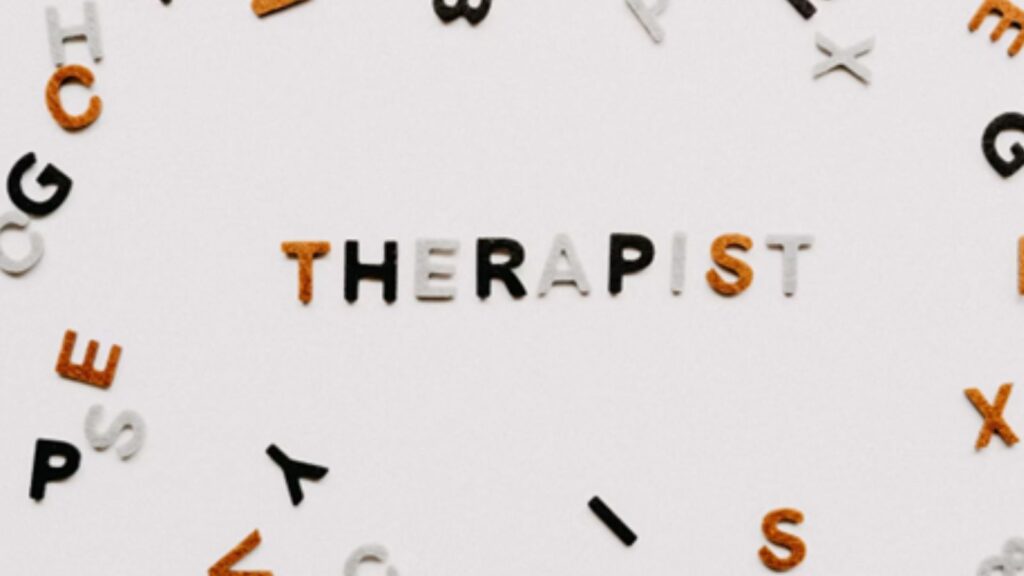Therapy can feel like a lifeline in times of emotional difficulty, but the process isn’t just about showing up to talk. The relationship between a client and therapist has a direct impact on progress. When someone finds a therapist who not only listens but truly understands their needs, goals, and struggles, it becomes easier to unpack long-held patterns, reframe self-perception, and move forward with confidence. The right fit sets the tone for comfort, honesty, and lasting progress. Mental health is personal, and success depends not on generic solutions but on a therapist who feels like the right companion in a deeply human process.
Building Trust from the Start
Therapy works best when a person feels secure enough to say things they might never have voiced aloud. That kind of safety doesn’t happen automatically. It builds slowly, often from the very first session, through subtle cues: body language, tone of voice, timing, and respect for boundaries. A therapist who is present, grounded, and aligned with the client’s style of communication encourages transparency. If someone feels judged, rushed, or misunderstood, they may censor their words, even without realizing it. Trust is a fragile foundation. When it’s missing, therapy becomes just another weekly appointment. But when it’s there, people start exploring their internal world with more openness, more curiosity, and fewer defenses.
Facilitating Real Behavioral Changes
Changing behavior takes more than insight—it takes a process grounded in accountability, compassion, and realistic strategies. A strong therapeutic fit creates a space where a person can test new ways of responding, with support that feels both challenging and respectful. When someone connects with a therapist who truly gets them, progress feels less like pressure and more like possibility. This can be seen clearly in settings like Revival Mental Health Therapy in Orange County, where the focus on personalized care allows therapists to shape treatment plans around the individual rather than the diagnosis. This kind of environment supports real shifts in thinking and behavior, not through force, but through steady encouragement that meets people where they are and helps them move where they want to go.
Communication Styles Matter
Every therapist has a different way of engaging in conversation. Some are direct, some reflective, and others ask more than they offer. These styles don’t just vary by personality—they affect how the therapy feels. Someone who thrives on structure might struggle with a therapist who rarely sets an agenda. A person who processes through storytelling might feel overlooked by someone who focuses only on action steps. The right fit means more than shared values or background. It’s about tone, pacing, and the rhythm of exchange. When the communication style clicks, the therapy doesn’t feel like hard work—it feels like an honest dialogue with purpose.
A Safe Space for Complex Emotions
Therapy is not always comfortable. The process can stir up shame, grief, resentment, or confusion. Without a sense of emotional safety, clients may stay stuck in surface-level conversations that protect them from discomfort. A therapist who is the right fit doesn’t avoid hard topics but knows how to stay with someone through those moments, without pushing them faster than they’re ready to go. This balance allows people to explore deeper truths, grieve hidden losses, or confront fears without feeling alone. When someone senses that they can bring their full emotional range into the room—and be met with presence, not panic—that’s when the deeper healing begins.

Cultural Sensitivity and Identity Affirmation
Mental health is shaped by cultural background, identity, and life experiences that don’t always show up in textbooks. For someone in therapy, feeling seen and respected on these terms can make all the difference. Whether it’s race, gender, religion, disability, or sexual orientation, the right therapeutic fit includes space for the parts of identity that carry weight. This doesn’t always mean finding a therapist who shares those identities, but it does mean finding one who doesn’t minimize, ignore, or pathologize them. People are more likely to speak freely and reflect honestly when they don’t have to filter themselves through fear of being misunderstood.
Therapy as a Collaborative Process
The idea that therapists are experts who fix problems for clients is outdated. Most modern approaches see therapy as a collaboration—one where the therapist brings skill and training, and the client brings self-knowledge and lived experience. This partnership works best when the match is right. A strong therapeutic connection supports shared decision-making, honest feedback, and flexible goal-setting. The client feels less like a patient being treated and more like a person being supported through a process of discovery and change. This sense of shared purpose creates motivation and builds momentum.
Mental health is a journey with no fixed roadmap. Each person brings a different story, and no single therapist is right for everyone. Finding the right therapeutic fit may take time, but the impact can’t be overstated. It’s the difference between feeling talked at versus feeling heard. Between giving up and pushing forward. Between repeating old patterns and finally stepping into new ones. The right therapist helps someone believe in their ability to grow, and that belief can become the cornerstone of lasting mental wellness.
